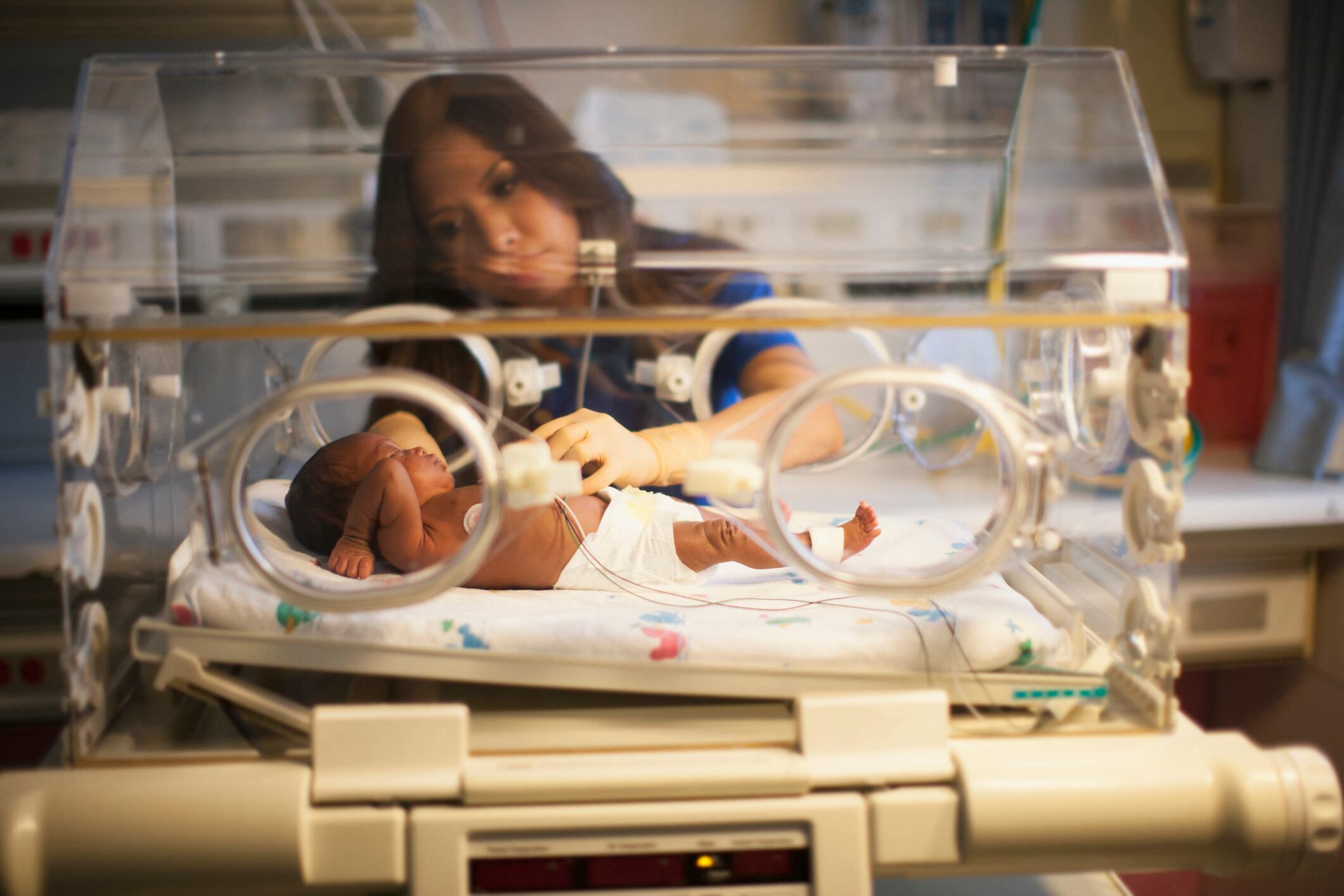Premature newborns with VLBW have a higher risk of anaemia than full-term infants which can affect motor development, behavioural ability, and communication. Early anaemia is determined by measuring Hb concentrations although there is no standard benchmark of risk values.
Initial Hb levels lower than 75g/L are proposed as an important factor for neurodevelopmental abnormalities, but new research found steep decreases in Hb among infants with higher initial levels during the first 28 days after birth and supports a more comprehensive assessment approach.
“Previous studies have suggested that initial Hb levels < 75 g/L were an important factor for neurodevelopmental abnormalities in newborns. In the present study, results suggested that it is also important to monitor Hb changes in infants with a normal level of Hb at the early stage of life.”
Furthermore, increasing basal haemoglobin levels in pre-term infants may reduce the incidence of brain injury such as intracranial haemorrhage, although these results are still controversial, the authors add.
Early detection
The standard benchmark for early anaemia detection in China is Hb concentrations of less than 145g per litre, one week postpartum. Approximately 38 to 41% of pre-term infants are born with the condition, although symptoms are more severe in infants with low birth weight.
Early anaemia inhibits erythropoietin (EPO) production and accelerates EPO catabolism. This explains the observed rapid decrease in Hb up to 28 days post-birth, which is a crucial developmental period, the authors say.
Overall, symptoms lead to poor long-term neurodevelopment and correlate with poor gross motor development: “Anaemia decreases the oxygen-carrying capacity of Hb to the cerebral blood flow and declined energy metabolism, causing the abnormal neurodevelopment outcomes,” they comment.
Furthermore, healthcare professionals are generally more concerned about pre-term infants with lower initial Hb, which can delay the diagnosis for those with higher initial Hb.
Study parameters
The prospective study focused on early anaemia and concerned 110 VLBW pre-term infants assigned to either the early anaemia (55) or non-anaemic (55) group. Inclusion criteria included transfer to neonatal intensive care within 24 hours after birth and birth weight of less than 1,500g.
Infants were tested for anaemia, which was defined as haemoglobin (Hb) concentrations of 145g/L or less in the first week of birth.
Hb concentrations were noted at baseline and collected at least once a week throughout the study. Baseline characteristics (such as maternal age, delivery mode, gestational age, birth weight and head circumference) were also collated.
Neurodevelopment and brain injury at one month were measured with neonatal behavioural neurological assessments (NBNA) and cranial ultrasound.
Key results
Average Hb concentrations between the two groups was greatest at birth but showed a downward trend within 28 days for all infants.
Early anaemia (70 g/L < Hb levels 145 g/L) negatively correlated with NBNA total score, and particularly with behavioural ability. Researchers recorded normal NBNA scores in 63.7% of controls, but outcomes were only normal for 47.9% of infants with early anaemia.
Higher incidence of intraventricular haemorrhage, ventricular cyst, and ventricular widening were also observed in anaemic infants, although group differences were not statistically significant.
Study limitation
There was no correlation between anaemia and brain injury, even though Hb levels lower than 70g/L have previously been linked to impaired brain white matter in MRI tests.
A possible explanation is that infant anaemia was less severe in the current study or due to the fact that ultrasound used to detect brain injury in the current study is not as sensitive as an MRI.
The authors postulate that: “The changes in the brain parenchyma and white matter could not be detected by ultrasound. Therefore, we could not directly deny the association between early anaemia with Hb levels less than or equal to 145 g/L and brain injury.”
They conclude that the study highlights the importance of early anaemia in the health management of VLBW pre-term infants but was limited by the lack of diagnosis of brain injury from MRI.
Source: Nutrients
Published online, November 21, 2022: http://doi.org/10.3390/nu14224931
‘Relationship of Early Anaemia with Neurodevelopment and Brain Injury in Very Low Birth Weight Preterm Infants—A Prospective Cohort Study’
Authors: Xiaotong Wang, et al.

